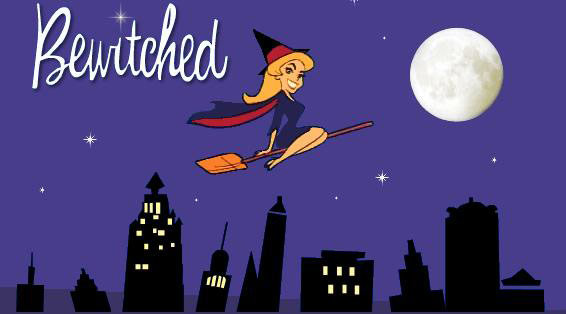Today is a holiday in Japan: Keiro no Hi, or Respect for the Aged Day. Celebrated nationally since 1966 — originally on September 15th, but recently moved to the following Monday under the “Happy Monday” initiative — it’s a day to honor and show respect for the older people in our lives. It’s a good idea for Japan, the country with the highest percentage of people aged 65 or older in the world, currently 20% (in case you were curious, Florida has 17%). The number of centenarians in Japan is high, too, more than 32,000, although the U.S. has more due to its higher population. Today there will be TV specials highlighting the lives and accomplishments of older Japanese, and they’ll no doubt be asked what their secret for staying so genki (healthy) is — and the answer will probably be something like, a daily serving of pickled fish intestines over rice. My kids took a train ride to neighboring Maebashi today to buy a present for their grandmother and grandfather. It was their first trip away from home without their parents tagging along, and they were thrilled to be out shopping on their own. If there’s an elderly person in your life, why not do something nice for them today?
The grammar of the Japanese language is, of course, very different from English. While there is some debate about the linguistic history — the best guess seems to be that Japanese and Okinawan represent a unique language group not directly related to any other language, except possibly Korean — the fact remains that learning Japanese is very different than tackling, say, one of the Romance languages of Europe. First of all, Japanese is a subject + object + verb language, so a sentence like “I study Japanese” would be formatted differently. One of the more unique aspects of Japanese are the grammatical particles, little words that “mark” the parts of your sentence, almost as if you were making a sentence diagram. For example, there’s wa, the subject marker, and ga, the other subject marker, aalthough knowing which one to use in a given situation can be tricky. The marker that defines the object of your sentence is o, and the word that indicates direction is ni, or the word “in” spelled backwards — both very convenient. Although learning Japanese was more of an “alien” experience than studying Spanish, in effect the difference wasn’t really that big. I mean, whether the brain is learning to assign arbitrary genders to nouns (la pluma, el lapiz) or learning to deal with sentences with grammatical markers takes written in a syllable-based writing system didn’t seem to me to be all that different.

While the various cultural gulfs that separate Japan from the West can feel vast at times, it’s also amazing how similar things can be, too. I like to go to karaoke, and have learned my share of Japanese by memorizing songs I wanted to sing there. Once I was asked to sing “September” by Earth, Wind and Fire by a student of mine, who wanted more than anything to hear it sung by a “nama no gaijin” (a foreigner in the flesh). I obliged, amazed at the time that the Japanese would have an affinity for pop music from the 70’s. Similarly, my wife has always surprised me with knowledge of obscure American television that was shown in Japan, like Charlie’s Angels, Knight Rider and the Greatest American Hero. She was also a big fan of “My Wife is a Witch” (Okusama wa Majo, aka Bewitched), and so we’re able to have discussions about which Darren was better, even though we came from opposite sides of the planet. Sharing pop culture is fun!
J-List sells many products from Japan, and one of the most popular categories is our extensive lineup of rare and fun Japanese snacks. Happily, it’s cooled off in Japan enough that we can add delicious chocolate snacks to the site again. Today we’re happy to have the first new Japan Kit Kat on the site, with two new flavors, yummy Matcha Milk (Green Tea & Milk) and Melon flavor. As usual, you can buy individual boxes of these delicious treats, or buy sealed boxes and get a discount when you check out. Incidentally, Kit Kat in Japan is the “real” stuff, since it’s made by Nestle — Kit Kat in the U.S. is made under license by Hershey’s.














